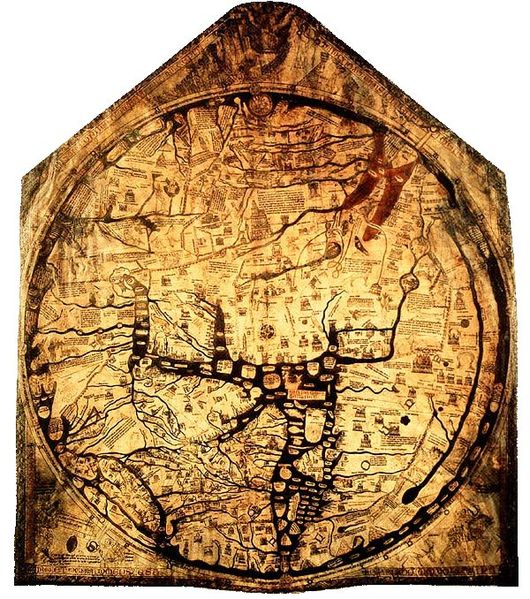Nothing at all against eggheads. There is a place for them, but not in roles of power.
Academics and eggheads spend their professional lives insulated from the realities that most of us deal with every day. They play with ideas, and are not familiar with running a business and making a payroll, for example, while most normal folks spend their days dealing with tough realities and unsecure, demanding, worrisome, and often unpleasant jobs.
This from Why eggheads shouldn't be running things:
Making government policy from radical, unfiltered, untested ideas turns citizens into guinea pigs and puts the country at high risk for destabilization and other unpredictable consequences.
Part of what allows academia to produce radical ideas is the absence of failure. Their ideas are rarely applied to real world problems. You don't have to "go back to the drawing board" unless you have a reason to do so.
Academia isn't a mill for practical solutions. It is intended as an environment for expanding thought to open the mind to new possibilities unbridled by law, ethics, morality, practicality and other elements of civilized society. "Eggheads" in academia are on the far side of the spectrum from those who should make policy to govern.
Editor's comment/addendum:
This discussion reminds me of a recent conversation with the Dylanologist about the history of cartography. In Medieval times, there were two sorts of maps of the known world: academic schematic maps with Jerusalem in the center, all circled by an ocean, and there were maps made by sailors. The former category represented an idealized view of the world, and were useless for travel. Idea-driven, not even intended to be fully realistic. The Hereford map is one of many examples:
The(se) maps were not used as navigation tools but instead served as visual histories, teaching objects, and illustrations of religious or philosophic ways of understanding the world and what was seen as Godís creation.
In fact, they were pursuing a "narrative" about the world.
At the same time, European sailors were producing practical Portolan maps to go from port to port. These maps, presumably ignored by, or a matter of of indifference to, the ivory towers, were useful and accurate. Here's a well-developed medieval Portolan map:



